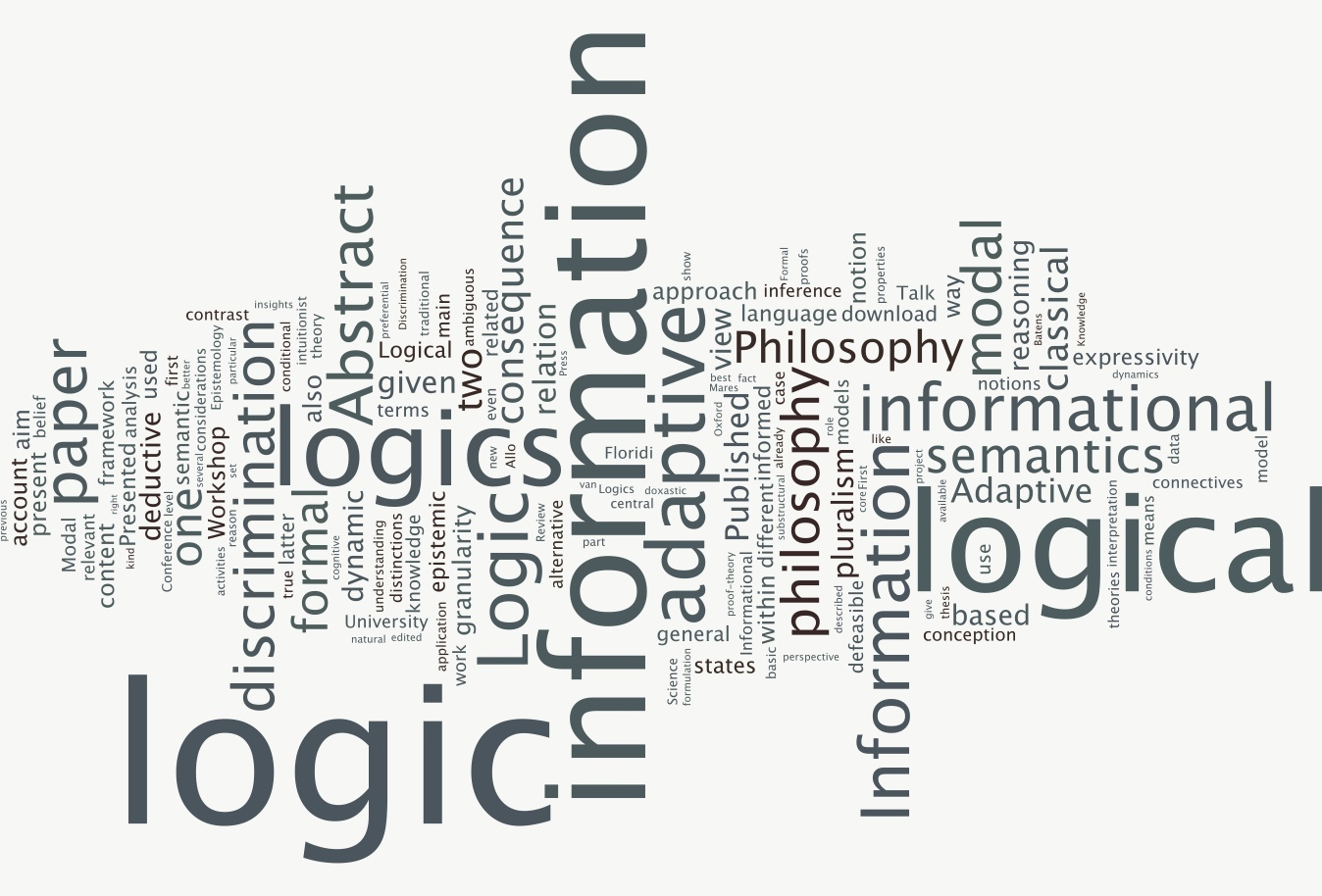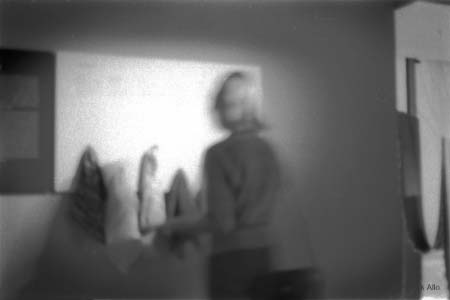Talk given at the VIIe Congrès de la Société de Philosophie des Sciences. Nantes, France.
Abstract. This paper is concerned with the “problem of visualisation,” and more precisely with the logical and epistemological dimensions of the use and design of information visualisations.
In this paper I reflect on the discrepancy between, on the one hand, philosophical perspectives on visualisation and, on the other hand, the views and assumptions on which visualisation scientists rely when they theorise about visualisation or develop new visualisation-tools. I propose a three-part characterisation of the relevant discrepancy. This is the starting-point for a more thorough exchange between the disciplinary perspectives under consideration. An exchange that is meant to support the visualisation-sciences in their quest for better theoretical foundations (Purchase et al. 2008, Chen et al. 2017), and entice philosophers of science to reconsider their preferred ways of understanding of what visualisations are meant to accomplish and which practical obstacles a visualisation-scientist tries to overcome; especially in the context of data-intensive science. The proposed three-part characterisation is based on three contrasts, namely:
1. The philosophical and the technical problem: What is it vs how do we make it?
2. The epistemological and the computational problem: How do we use a visualisation correctly vs how do we use and construct a visualisation efficiently.
3. The semantical and the syntactical problem: How does a visual artefact represent (a system) vs how does a visual artefact encode (a data- object).
These three pairs form the core of my exposition, and I will use them to further characterise the problem of visualisation as two separate inference-problems: the object-level problem of correctly and efficiently using a visual artefact, and the meta-level problem of correctly and efficiently constructing a visual artefact.





